Finding the right shoes can be a daunting task, especially for those suffering from various foot issues. Whether it’s plantar fasciitis, bunions, or simply flat feet, the right pair of shoes can make a world of difference. In this guide, we will dive deep into the best shoes for foot problems, backed by real-world experiences, comprehensive research, and useful tips. Let’s take a stroll through the world of footwear designed to give your feet the comfort they deserve.
Understanding Foot Problems
Before we dive into shoe recommendations, it’s essential to understand the common foot problems that can affect your daily life. Foot issues can range from mild discomfort to debilitating pain, impacting your mobility and overall quality of life. Below are some common foot problems:
1. Plantar Fasciitis
Plantar fasciitis is characterized by pain in the heel and bottom of the foot. It’s caused by inflammation of the plantar fascia, a thick band of tissue that runs across the bottom of the foot. This condition often leads to sharp pain when taking the first steps in the morning or after long periods of sitting.
2. Flat Feet
Flat feet occur when the arches of the feet collapse, leading to a lack of support that can cause pain, especially in the knees, hips, and lower back. Individuals with flat feet often require shoes that offer extra arch support.
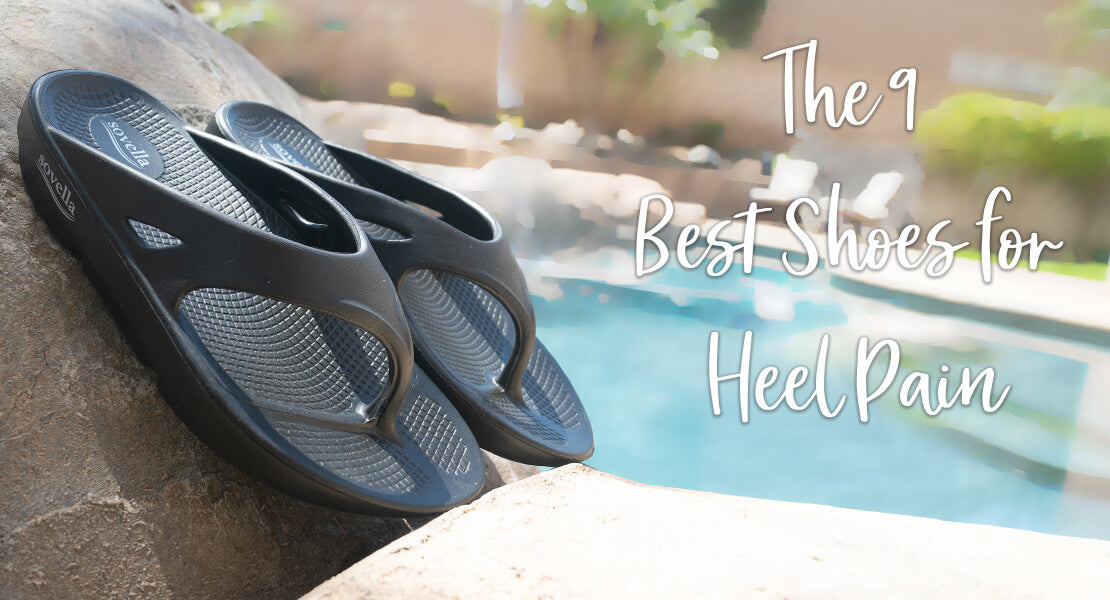
3. Bunions
Bunions are bony bumps that form at the base of the big toe, causing the toe to bend inward. This condition can be painful and often worsens with tight or poorly-fitting shoes. Proper footwear can help alleviate some of this discomfort.
4. Diabetic Foot Issues
Diabetics can face various foot-related issues, including neuropathy and poor circulation. It’s crucial for individuals with diabetes to choose shoes that provide cushioning and support to prevent sores and infections.

Key Features to Look for in Shoes for Foot Problems
Now that we understand common foot problems, let’s discuss the features that shoes must have to provide relief. When shopping for shoes, consider the following:

1. Arch Support
Good arch support is vital for individuals with flat feet and plantar fasciitis. Shoes with built-in arch supports help distribute weight more evenly and reduce strain on the plantar fascia.
2. Cushioning
Ample cushioning absorbs shock and provides comfort, which is particularly important for those dealing with heel pain or neuropathy. Look for shoes that offer a good amount of padding in the insole.
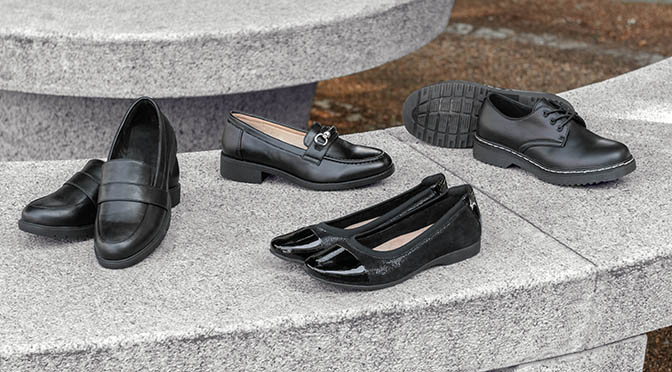
3. Stability and Structure
Stability shoes are designed to help control overpronation, making them ideal for individuals with flat feet. A structured design helps keep the foot aligned, reducing the risk of injury.
4. Breathability
Breathable materials allow for better airflow, keeping your feet dry and comfortable. This is particularly beneficial for diabetic individuals who are prone to infections.
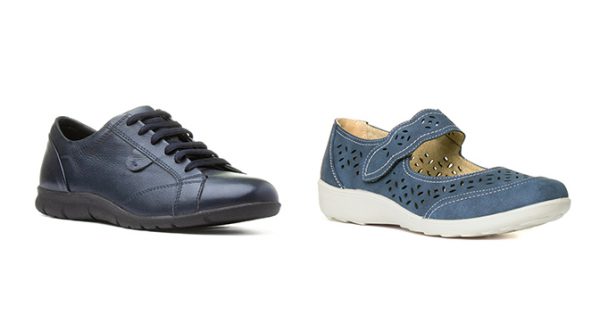
Top 10 Best Shoes for Foot Problems
Now that we know what to look for, let’s delve into our top selections of shoes that cater to different foot problems.
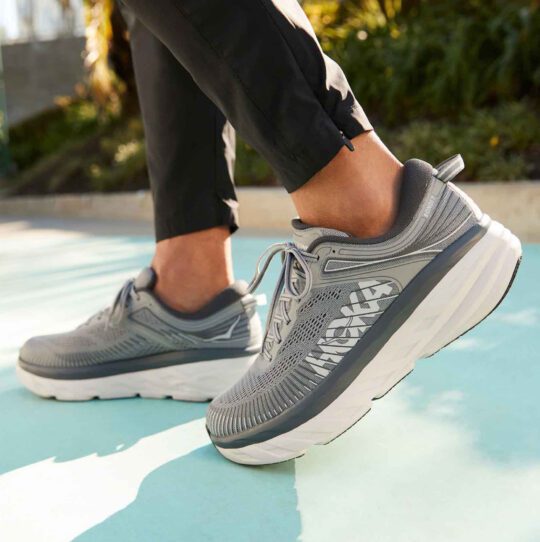
1. ASICS Gel-Kayano 28
The ASICS Gel-Kayano series is well-known for its exceptional support and cushioning. The Gel-Kayano 28 is equipped with a Dynamic DuoMax technology that enhances stability while maintaining a lightweight feel.
- Pros: Excellent arch support, great for overpronation.
- Cons: Can feel a bit stiff initially.
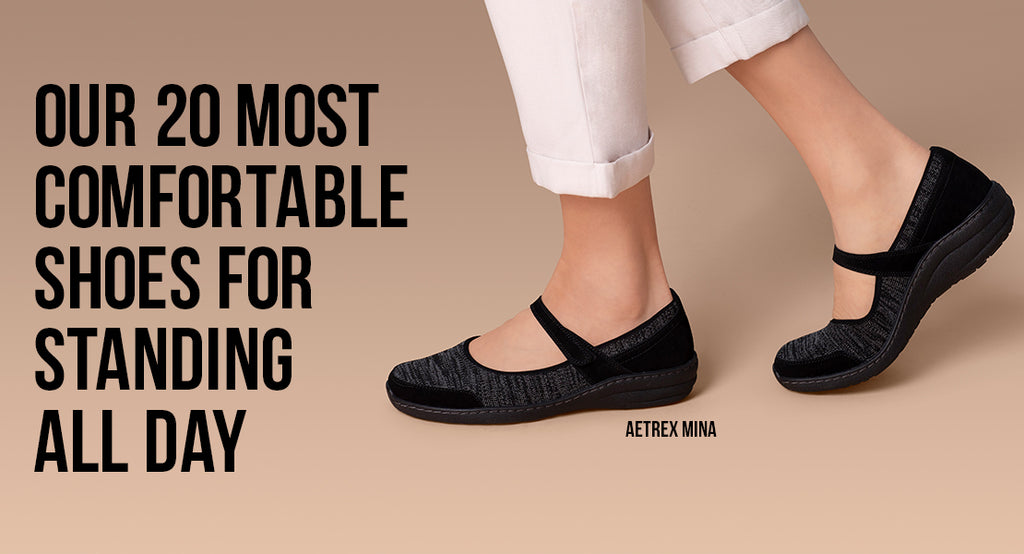
2. New Balance 860v10
This model is designed to provide maximum support for runners with flat feet thanks to its ENCAP midsole technology. It balances cushioning with structural stability perfectly.
- Pros: Great for flat feet, durable.
- Cons: May be too firm for some users.
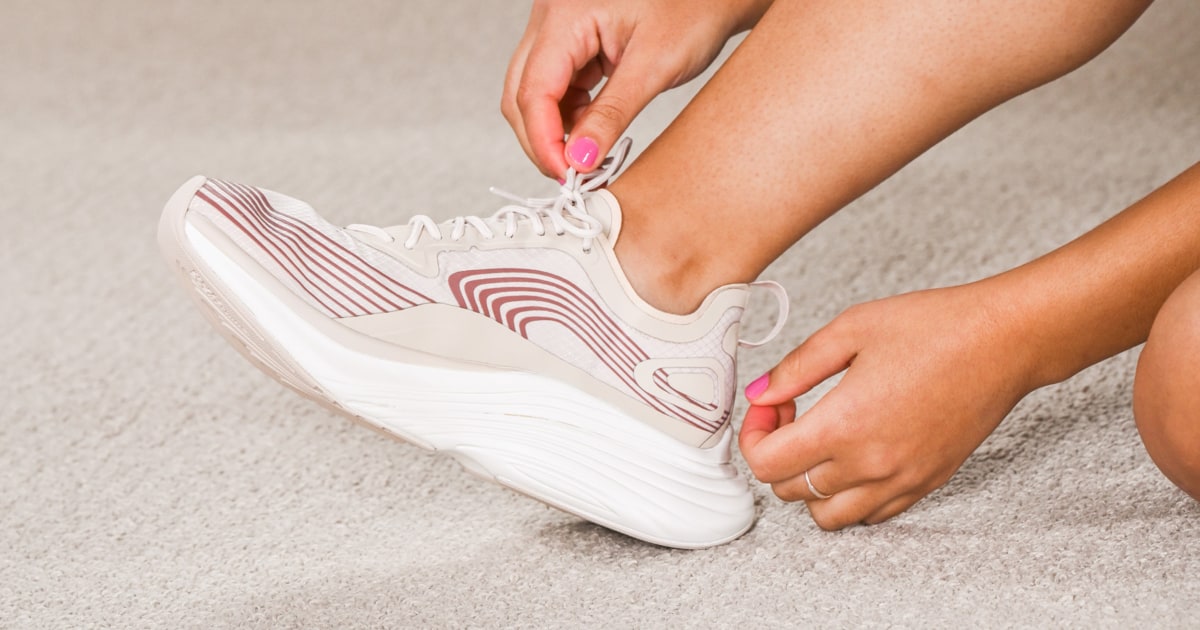
3. Brooks Ghost 14
The Brooks Ghost 14 is ideal for those dealing with plantar fasciitis. With its soft cushioning and breathable mesh upper, this shoe provides a sock-like fit that many users rave about.
- Pros: Comfortable and versatile, excellent for running.
- Cons: Lacks support for severe overpronators.
4. HOKA ONE ONE Bondi 7
The HOKA Bondi 7 is an excellent choice for people seeking superior cushioning without sacrificing stability. The thick sole provides shock absorption, making it a favorite among those with foot pain.
- Pros: Maximum cushioning, ideal for long-standing comfort.
- Cons: Bulky design may not suit everyone.
5. Saucony Guide 14
The Saucony Guide 14 is a well-rounded option that offers adaptive cushioning and stability. This shoe is designed to accommodate various foot shapes, making it a versatile choice for many.
- Pros: Excellent for overpronators, responsive cushioning.
- Cons: A bit heavier than some competitors.
6. Orthofeet Sprint Sneakers
These shoes are explicitly designed for foot problems like flat feet and plantar fasciitis. With an ergonomic design and orthotic insole, Orthofeet Sprint Sneakers offer incredible relief.
- Pros: Best for foot pain, multiple width options.
- Cons: Style may not appeal to everyone.
7. Vionic Tide II Sandals
For summer wear, Vionic sandals provide excellent support without compromising style. The built-in orthotic footbed helps align your feet, making them perfect for those with arch issues.
- Pros: Stylish and supportive, great for summer.
- Cons: Less cushioning compared to sneakers.
8. Adidas Ultraboost 21
The Adidas Ultraboost 21 offers a blend of style and function. The Boost midsole provides exceptional energy return, while the Continental rubber outsole ensures durability.
- Pros: Stylish, suitable for various activities.
- Cons: Pricey compared to similar models.
9. Merrell Moab 2 Ventilator
For those who love the outdoors, the Merrell Moab 2 Ventilator is a great hiking shoe that provides excellent arch support and breathability. Its rugged design is perfect for uneven terrains.
- Pros: Durable and supportive, great for hiking.
- Cons: Heavier than typical running shoes.
10. Nike Air Zoom Structure 24
A perfect fit for those looking for stability, the Nike Air Zoom Structure 24 is designed for runners who need extra support. The responsive cushioning ensures a smooth ride, making it suitable for long-distance running.
- Pros: Stability-focused, responsive cushioning.
- Cons: May feel too narrow for some users.
Comparison Table of the Best Shoes
| Model | Arch Support | Cushioning | Stability | Price |
|---|---|---|---|---|
| ASICS Gel-Kayano 28 | Excellent | High | Excellent | $159.95 |
| New Balance 860v10 | Very Good | Moderate | Very Good | $129.95 |
| Brooks Ghost 14 | Good | High | Good | $139.95 |
| HOKA ONE ONE Bondi 7 | Good | Max | Good | $159.95 |
| Saucony Guide 14 | Excellent | Good | Excellent | $139.95 |
| Orthofeet Sprint Sneakers | Maximum | Good | Very Good | $99.95 |
| Vionic Tide II Sandals | Good | Moderate | Good | $69.95 |
| Adidas Ultraboost 21 | Good | Excellent | Moderate | $179.95 |
| Merrell Moab 2 Ventilator | Good | Moderate | Good | $139.95 |
| Nike Air Zoom Structure 24 | Very Good | Good | Very Good | $139.95 |
Real-World Experiences
Many users have shared their experiences with these shoes, highlighting the positive impact they have had on their lives. For example:
Case Study: Sarah’s Journey with Plantar Fasciitis
Sarah, a passionate runner, suffered from plantar fasciitis for over a year. After trying multiple shoes without success, she finally discovered the Brooks Ghost 14. “It felt like walking on clouds,” she shared. “The arch support is perfect, and my heel pain has significantly reduced.” Today, Sarah is back to running regularly, thanks to her newfound footwear.
Case Study: Mark’s Overpronation Dilemma
Mark struggled with overpronation, which led to knee pain during his runs. After consulting with a podiatrist, he opted for the ASICS Gel-Kayano 28. “The stability it offers is incredible,” he noted. “I can run longer without any pain.” Mark is now running marathons and has never felt better.
Tips for Choosing the Right Shoes for Foot Problems
When choosing shoes for foot problems, keep the following tips in mind:
1. Get Professionally Fitted
Always opt for a professional fitting before buying shoes. This can help you find the right size and style that caters to your specific foot shape and issue.
2. Consider Custom Orthotics
If you have severe foot problems, consider investing in custom orthotics. These can provide additional support and cushioning tailored to your needs.
3. Don’t Compromise on Quality
Investing in high-quality shoes can save you money in the long run. Cheap shoes may lead to discomfort and exacerbate existing foot problems.
4. Read Reviews
Before making a purchase, read user reviews to gather insights about the comfort and effectiveness of the shoes for foot problems.
FAQs about Shoes for Foot Problems
1. What are the best types of shoes for plantar fasciitis?
The best types of shoes for plantar fasciitis are those that provide proper arch support and cushioning, such as the Brooks Ghost 14 and ASICS Gel-Kayano 28.
2. Can wearing flat shoes cause foot problems?
Yes, wearing flat shoes that lack support can contribute to foot problems, particularly if you have a pre-existing condition like flat feet or plantar fasciitis.
3. How often should I replace my shoes?
It’s generally recommended to replace running and athletic shoes every 300-500 miles, or every 6-12 months, depending on usage.
4. Are there shoes specifically for diabetic foot care?
Yes, brands like Orthofeet offer shoes designed specifically for diabetic foot care, providing cushioning and support that helps prevent complications.
5. Can good shoes help alleviate knee pain?
Yes, wearing shoes with proper arch support and cushioning can help alleviate knee pain by promoting better alignment and reducing stress on the joints.
6. Should I wear shoes indoors for foot problems?
Wearing supportive shoes indoors can help prevent foot problems, especially if you typically walk barefoot or in unsupportive footwear.
7. Is it worth investing in custom orthotics?
If you have chronic foot pain or specific foot issues, investing in custom orthotics can provide relief and improve overall comfort.
8. How do I know my foot type?
You can determine your foot type by performing a wet test (the imprint your foot makes on a surface) or consulting with a podiatrist.
9. Can I wear sandals if I have foot problems?
Yes, sandals with arch support, like Vionic Tide II, can be worn by people with foot problems. Avoid flat or unsupportive sandals.
10. How do I break in new shoes?
To break in new shoes, wear them for short periods at home to allow your feet to adjust to the fit and feel before using them for longer walks or runs.
Conclusion
Choosing the right footwear for foot problems can significantly change your day-to-day comfort and overall well-being. With options ranging from athletic shoes to supportive sandals, there is a perfect pair out there for everyone. Remember to prioritize features like arch support, cushioning, and breathability, and never hesitate to seek professional advice for your specific needs. Happy shoe shopping, and may you find the perfect fit for your foot problems!
For more information on foot health, you can refer to the following resources: